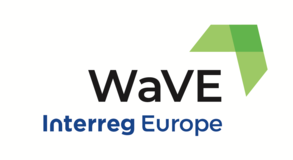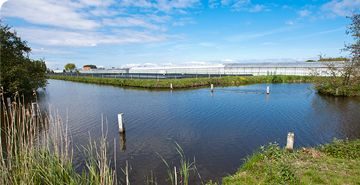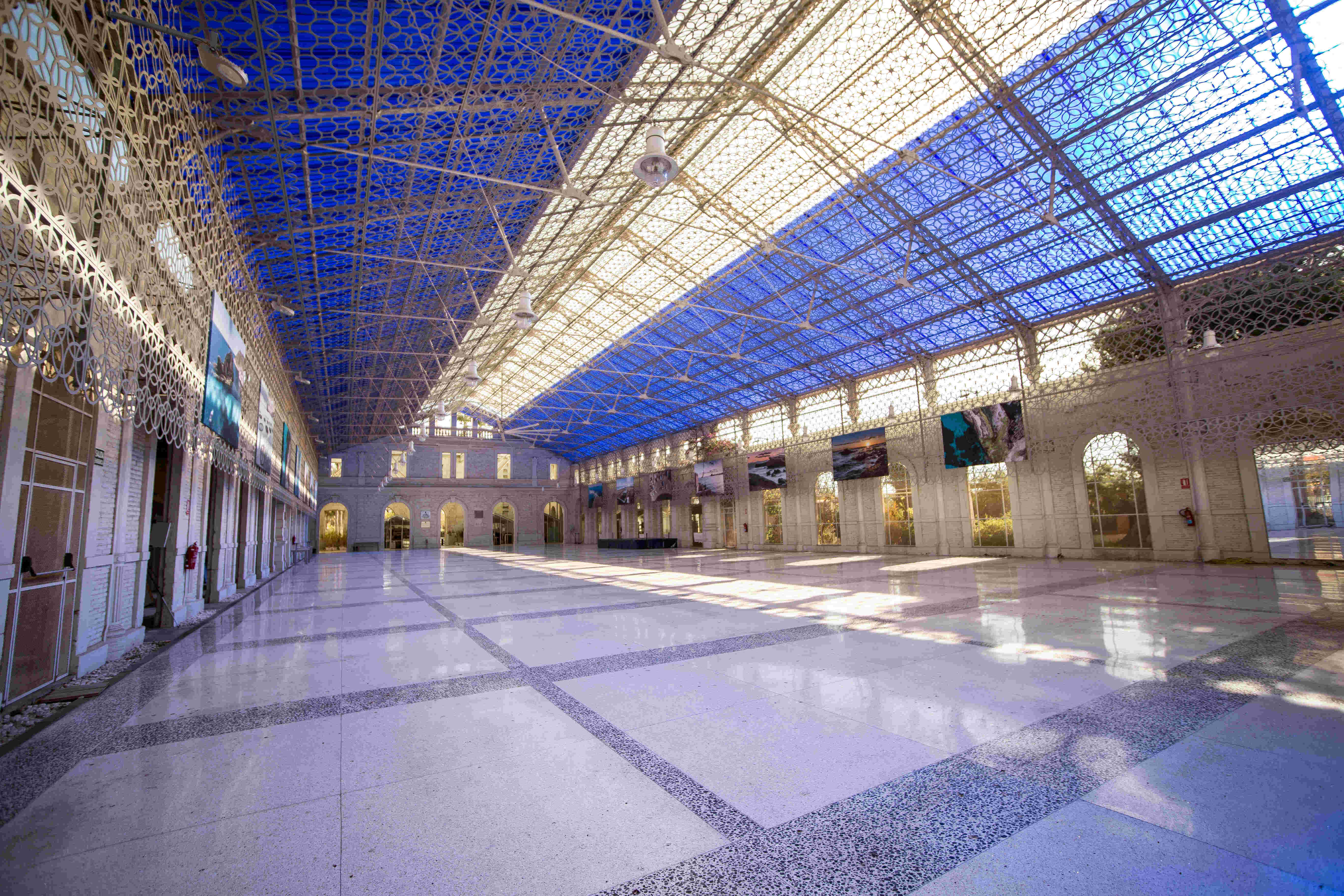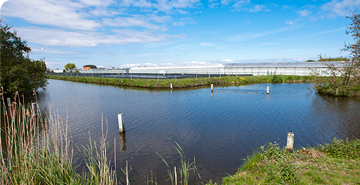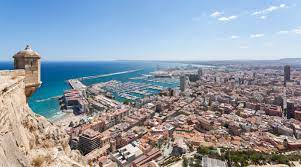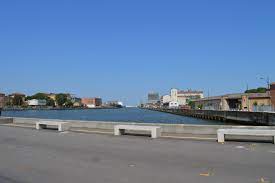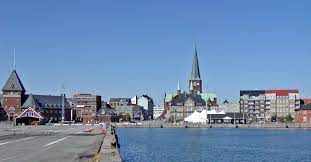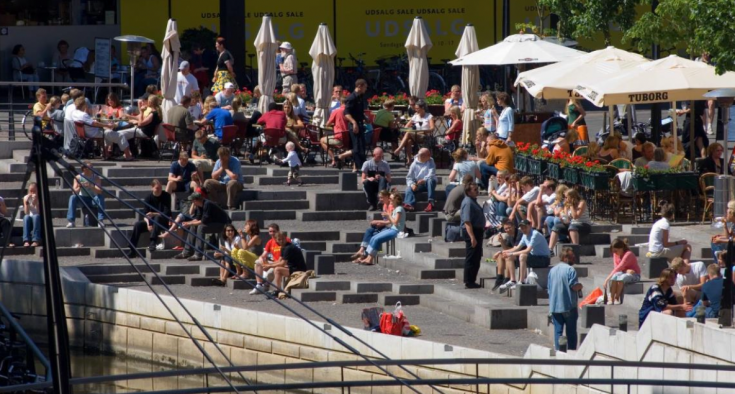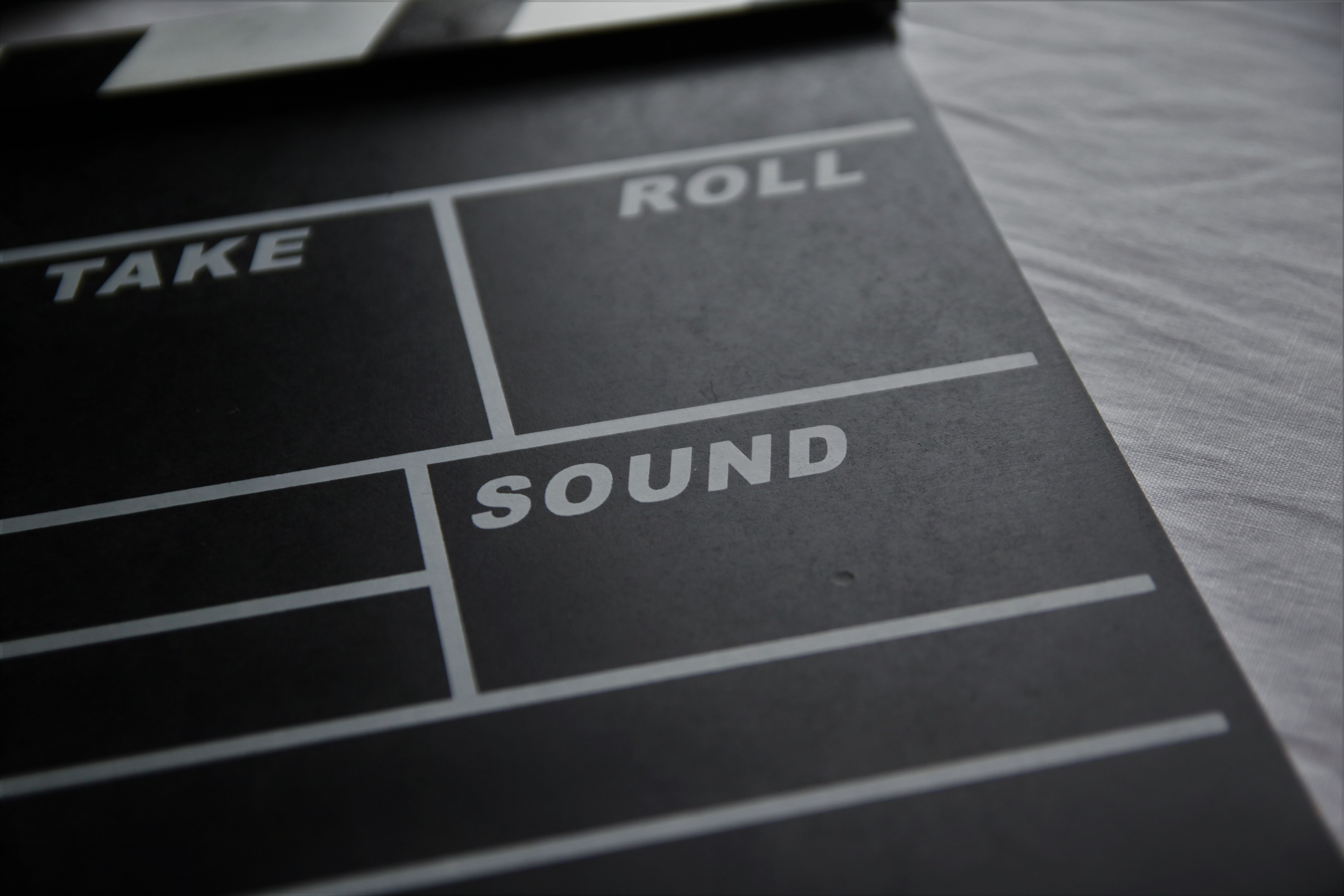
WaVE project focuses on the improvement of regional and local policies to open up their possibilities for supporting the development of integrated adaptive reuses of water-linked cultural heritage sites in human settlements.
The project aims to improve the overall support by the addressed policy instruments for integrated valorisation approaches of cultural heritage, to sparkle ideas for the creation of new projects aiming at integrated valorisation of water-linked cultural heritage, and to raise awareness for the subject at other cities and regions in Europe.
For this reason, we will publish a brief history about each of the redevelopment sites involved in the project, describing their potential, future plans and best practices already achieved.
We will do it through interviews with Opinion Leaders, who know best the characteristics of the sites.
The second interview is with Giacomo Costantini, Councillor for tourism and smart city of the Municipality of Ravenna.
Ravenna and water
The history of Ravenna has always been closely connected to the water element, which played a fundamental role in the past, allowing the city to be chosen as the capital of the Roman Empire of the West in the fifth century AC, and that still represents an essential ingredient of our economic system based on: its port and connected industrial activities, agriculture, but also - and above all - tourism (with a local, national and increasingly international vocation – referring to pre-Covid data).
The WaVE project, in charge of the Tourism Department, has the ambitious objective of implementing tangible actions that can influence regional policies in order to increase the attractiveness of the landscape, socio-economic and cultural heritage related to water.
Ravenna has identified 3 redevelopment and enhancement sites on which the Administration is investing:
- The Ancient Port of Classe, that was built in 27 a. C. under Emperor Augustus and housed half the fleet of the Roman Empire, assigned to the relations with the East, and that still today represents the historical and cultural heritage related to water.
- The second site is the City Docks, a symbol of the contemporary heritage, on which an interesting work of urban regeneration has been carried out, also connected to the redevelopment of some industrial archaeological elements and with a strong potential in terms of fruition for citizens and tourists, thanks to its water front position joining the historic city center to the seaside.
- Last but not least the Maritime Park, new emblem of the environmental natural heritage: a large territorial park for the coast of Ravenna that will enhance the relationship between environment and beach along the 35 km of coastline.
The Municipality of Ravenna, the research institute CertiMaC and the main stakeholders involved in the project, agree that water represents the thread that connects all 3 places and a possible key to a new narrative of the city.
Want to know more? Watch the video-interview with Giacomo Costantini
Did you miss the first interview? Click here to read the interview with Hans Thoolen, Coordinator Urban Quality of the municipality of Breda
